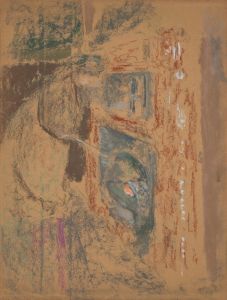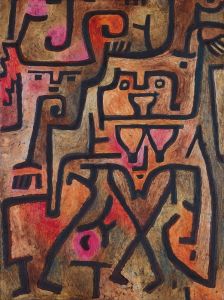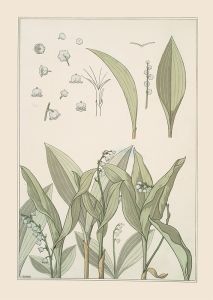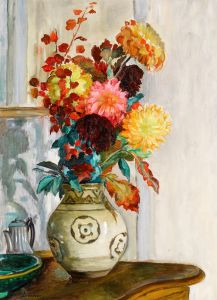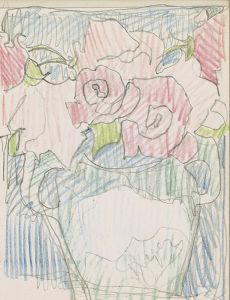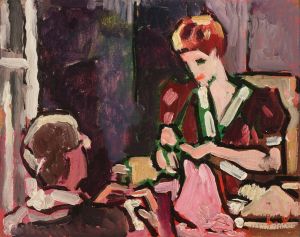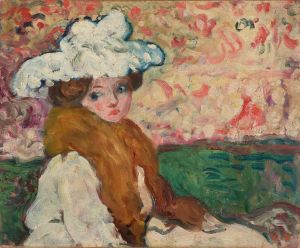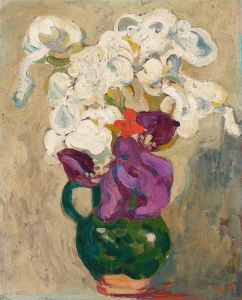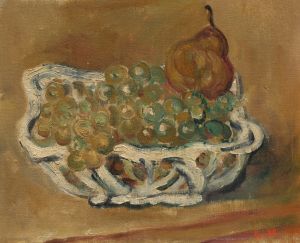
Bouquet aux branches de cassissier dans pichet brun
A hand-painted replica of Louis Valtat’s masterpiece Bouquet aux branches de cassissier dans pichet brun, meticulously crafted by professional artists to capture the true essence of the original. Each piece is created with museum-quality canvas and rare mineral pigments, carefully painted by experienced artists with delicate brushstrokes and rich, layered colors to perfectly recreate the texture of the original artwork. Unlike machine-printed reproductions, this hand-painted version brings the painting to life, infused with the artist’s emotions and skill in every stroke. Whether for personal collection or home decoration, it instantly elevates the artistic atmosphere of any space.
"Bouquet aux branches de cassissier dans pichet brun" is a painting by the French artist Louis Valtat. Louis Valtat (1869-1952) was a prominent figure in the Post-Impressionist movement, known for his vibrant use of color and bold brushwork. He was associated with the Fauvist movement, although his work often displayed a unique style that set him apart from his contemporaries.
Valtat was born in Dieppe, France, and studied at the École des Beaux-Arts in Paris, where he was influenced by the works of the Impressionists and the burgeoning Post-Impressionist movement. His early works were characterized by a bright palette and a focus on capturing the essence of his subjects through color and form.
"Bouquet aux branches de cassissier dans pichet brun" translates to "Bouquet with Blackcurrant Branches in a Brown Jug." This painting exemplifies Valtat's skill in still life composition, a genre he frequently explored throughout his career. The painting features a bouquet of blackcurrant branches arranged in a brown jug, showcasing Valtat's ability to infuse everyday objects with a sense of vibrancy and life.
The composition is notable for its dynamic use of color and texture. Valtat employs a rich palette, with the deep greens of the blackcurrant leaves contrasting against the earthy tones of the brown jug. The background is typically rendered in a way that complements the main subject, often using lighter hues to make the bouquet stand out. Valtat's brushwork is expressive, with visible strokes that add a sense of movement and energy to the still life.
Valtat's approach to still life painting was influenced by his contemporaries, including Pierre-Auguste Renoir and Paul Signac, with whom he maintained close relationships. His work often reflected the influence of these artists, particularly in his use of color and light. However, Valtat's unique style is evident in his ability to blend these influences into a cohesive and distinctive artistic vision.
Throughout his career, Valtat exhibited his works in various salons and galleries, gaining recognition for his contributions to the Post-Impressionist and Fauvist movements. His paintings, including "Bouquet aux branches de cassissier dans pichet brun," are celebrated for their vibrant color schemes and dynamic compositions, which continue to captivate audiences today.
Valtat's legacy as an artist is marked by his dedication to exploring the possibilities of color and form. His still life paintings, in particular, demonstrate his ability to transform simple subjects into works of art that resonate with viewers. "Bouquet aux branches de cassissier dans pichet brun" is a testament to Valtat's skill and creativity, reflecting his mastery of the still life genre and his enduring influence on modern art.
In summary, Louis Valtat's "Bouquet aux branches de cassissier dans pichet brun" is a notable example of his work in still life painting, characterized by its vibrant use of color, expressive brushwork, and dynamic composition. The painting remains an important piece within Valtat's oeuvre and a significant contribution to the Post-Impressionist and Fauvist movements.





